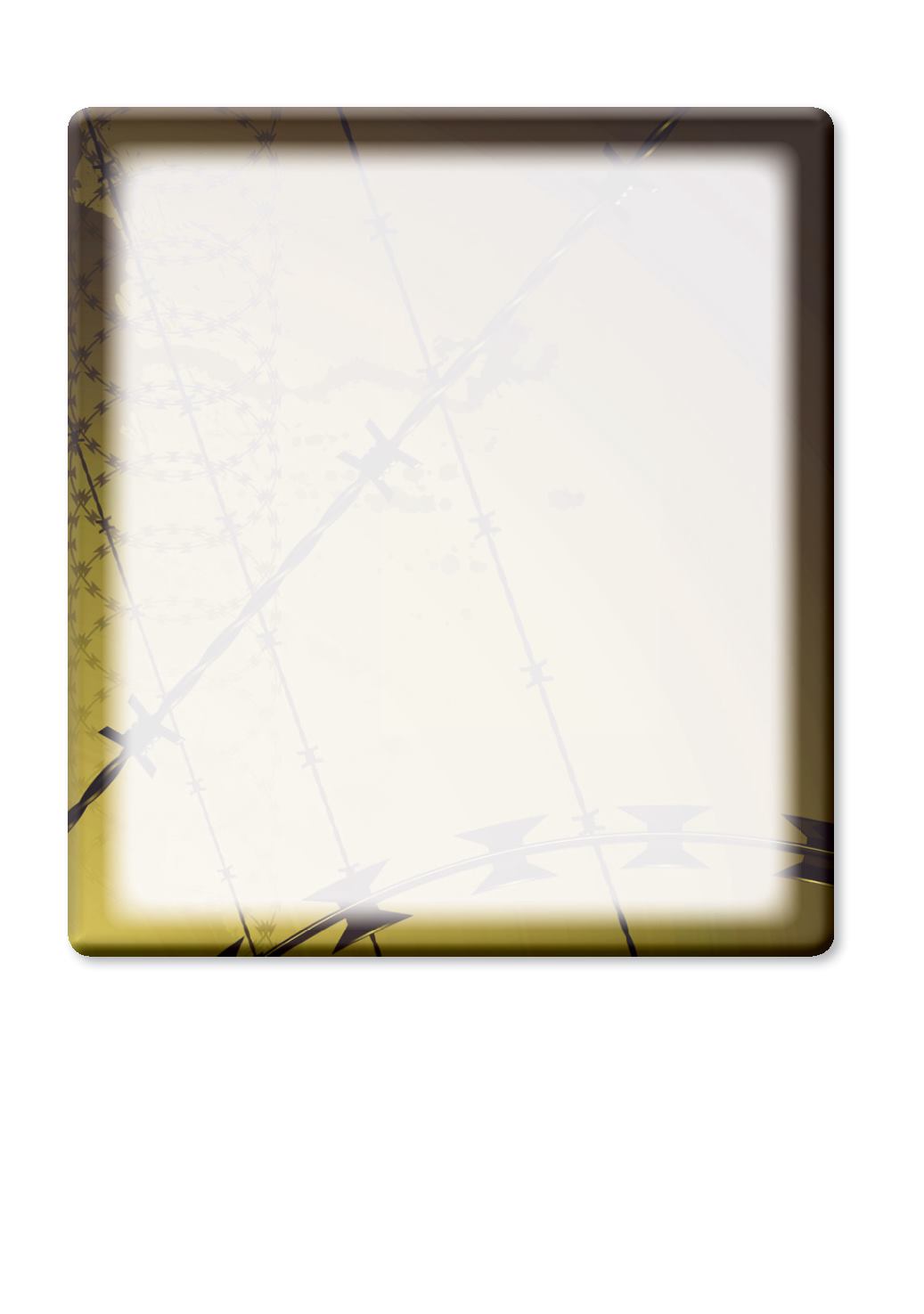
14
identity. “I had to lie, which was really a sin, no matter what religion I
was supposed to belong to,” says Chaya H. Roth, who had been hid-
den with a Catholic family in southern France. “When I was sinning
was I Catholic or Jewish?”
5
Hidden children sometimes feared that by pretending they were
not Jews, they had turned their back onGod.Others felt they were be-
traying their families by ignoring or even forgetting everything their
Salvation in the Sewer
In June 1941 Nazis overtook the city of Lvov, Poland, home to 150,000
Jews. To avoid abuse or murder, a small group of Jews fled to the only
safe place they could find—the sewers under the city’s streets.
Among the refugees were the members of the Chiger family—seven-
year-old Krystyna, her three-year-old brother, Pawelek, and their parents.
For fourteen months the family hid with seven other people in the damp,
putrid darkness of the underground sewers, kept alive by Polish sewer
workers who brought them food and water every day. Krystyna and her
family slept on sewage-covered stones. Their only source of light came
from a carbide lamp. They spoke in whispers because of the constant
fear that someone on the streets above might hear them. They shared
the tunnels with rats that ate their bread. When it rained and the sewers
flooded, Krystyna and Pawelek would have drowned in roiling human
waste if their mother and father had not held them above the surface.
Krystyna later told about her experiences and the day they were fi-
nally freed. “I was so happy when I saw the sun, flowers and people,”
she said. “But Pawelek cried a lot. He wanted to go back to the sewer
because he wasn’t used to the light and he was afraid of people.” Their
story is a vivid example of the tortures children endured to survive the
Holocaust.
Quoted in Anti-Defamation League Archive, “Children of the Holocaust: Krystyna’s Story,”
2001.
.


